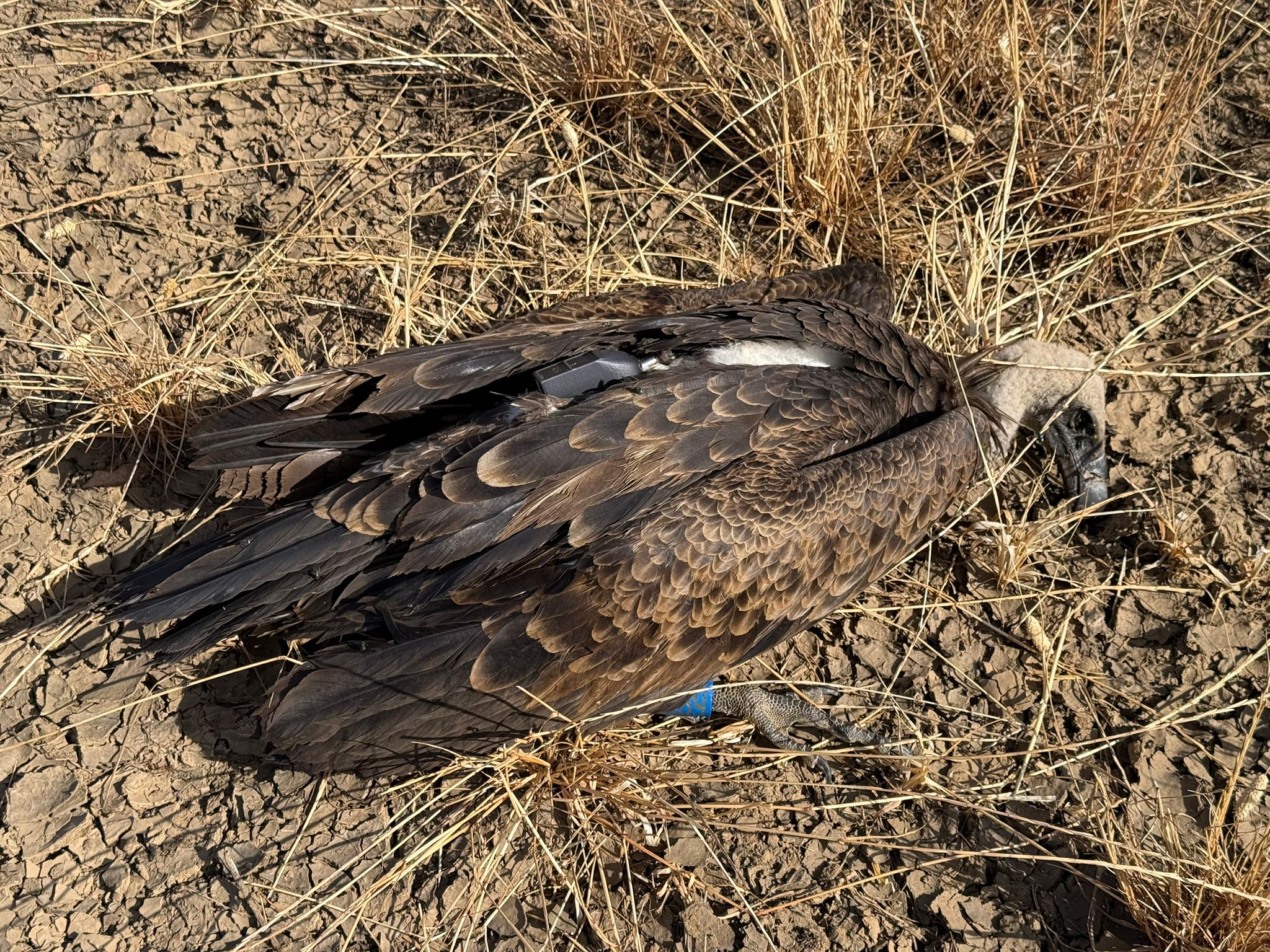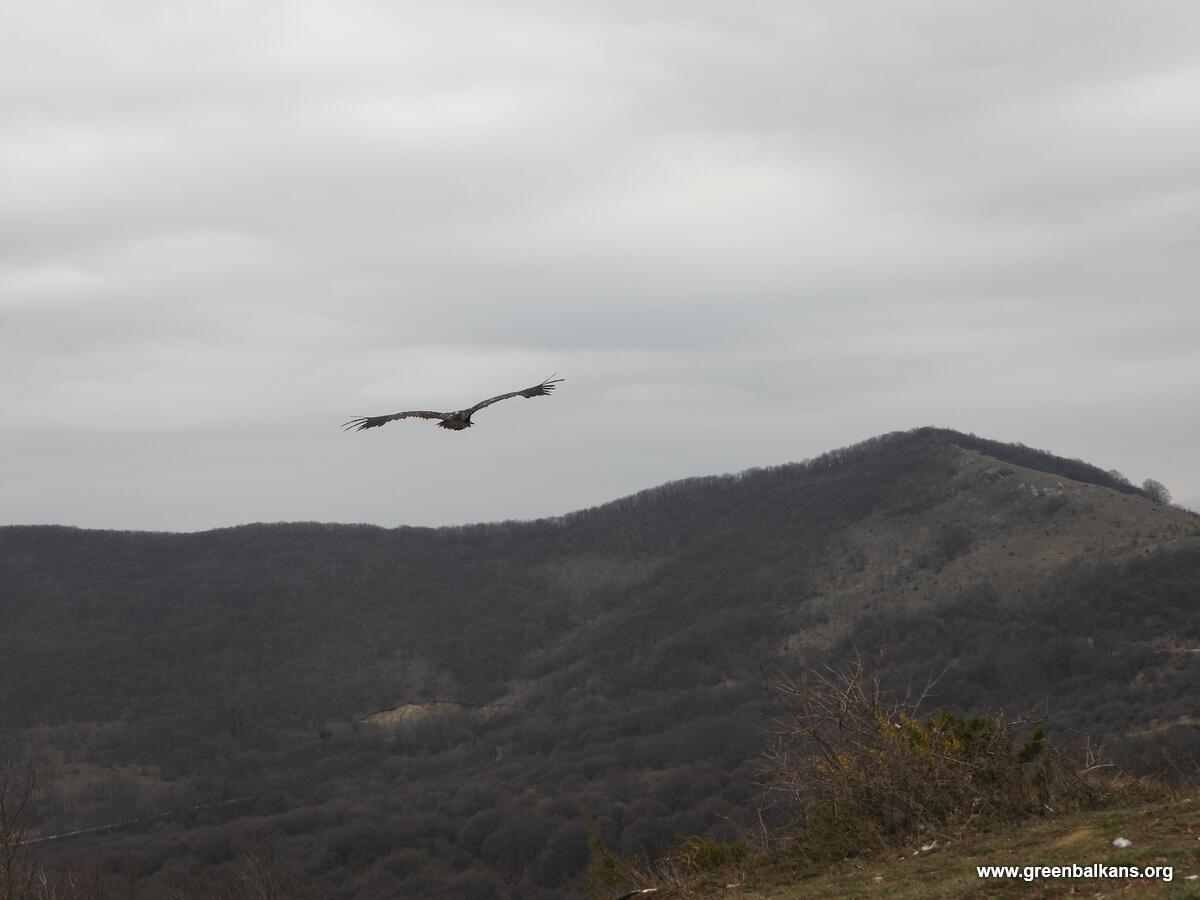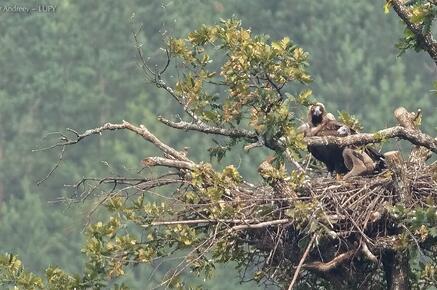The return of the Cinereous Vulture to Portugal is a powerful symbol of hope and resilience. Yet, this journey is anything but easy. Decades of habitat destruction, poisoning, and persecution have left deep scars. While these majestic birds are slowly making a comeback thanks to natural recolonization and dedicated conservation efforts, their future still hangs in the balance.
To shed light on these challenges, the LIFE Aegypius Return project has created a new animation video—available in English, Spanish, and Portuguese. This video highlights the threats facing the Cinereous Vulture and celebrates the collaborative efforts providing a path toward recovery.
A steady road to recovery
The recovery of the Cinereous Vulture is delicate and slow. These birds live long lives but don’t reproduce quickly—they only reach sexual maturity at 5 or 6 years old, and each pair lays just one egg per year. Since 2010, when Spanish birds started breeding in Portugal, marking the return of the species in the country, there has been progress. By 2022, the breeding population in Portugal had grown to 40 pairs. Two years after the project started operating, the number of pairs has increased to 108-116, which is a promising development. However, the species still faces a significant threat from high unnatural mortality rates, which remain a major obstacle to its recovery.
Tackling the biggest threats to the Cinereous Vulture
Since its start in 2022, the LIFE Aegypius Return project has been working on a large-scale, transnational approach to address the key challenges holding back the Cinereous Vulture’s recovery.
Poisoning
Poisoning is the leading cause of vulture deaths worldwide. Illegal baits and laced carcasses take a deadly toll on vulture populations. To fight this threat, the project aims to build capacities in law enforcement, create dog detection units and launch awareness campaigns.

Lead ingestion
Vultures often consume animals killed with lead ammunition, which poisons them. By working with hunters and game managers, the project will promote the switch to non-lead ammunition, making food sources safer for these birds.

Food scarcity
Outdated livestock disposal rules have reduced natural food availability for scavengers like the Cinereous Vulture. To address this, the project will set up supplementary feeding stations and unfenced feeding areas near the Portuguese-Spanish border.
Breeding challenges
For the population to grow, breeding success is critical. The project supports this by managing habitats, building new and maintaining existing nesting platforms, and reducing human disturbances, giving breeding colonies the best chance to thrive.

Mortality from electricity infrastructures
Electrocution and collisions with power lines are a significant cause of death for vultures. To tackle this, GPS tracking is being used with the objective of monitoring 60 Cinereous Vultures and identifying high-risk areas. Dangerous power lines will be insulated, injured birds will be rescued, and long-term solutions are being implemented.
Collaboration is the key
At the heart of the LIFE Aegypius Return project is collaboration. Conservationists, veterinarians, law enforcement officers, farmers, landowners, and hunters are all working together to secure a brighter future for the Cinereous Vulture. By bridging the gap between large-scale conservation strategies and on-the-ground actions, the project strives for lasting success.
About LIFE Aegypius Return

The LIFE Aegypius Return project is co-financed by the European Union’s LIFE programme. Its success depends on the involvement of all the relevant stakeholders, and on the collaboration of the partners, the Vulture Conservation Foundation (VCF), the coordinating beneficiary, and the local partners Palombar – Conservation of Nature and Rural Heritage (with co-funding from Viridia – Conservation in Action), Herdade da Contenda, Sociedade Portuguesa para o Estudo das Aves, Liga para a Protecção da Natureza, Associação Transumância e Natureza, Fundación Naturaleza y Hombre, Guarda Nacional Republicana and Associação Nacional de Proprietários Rurais Gestão Cinegética e Biodiversidade.




